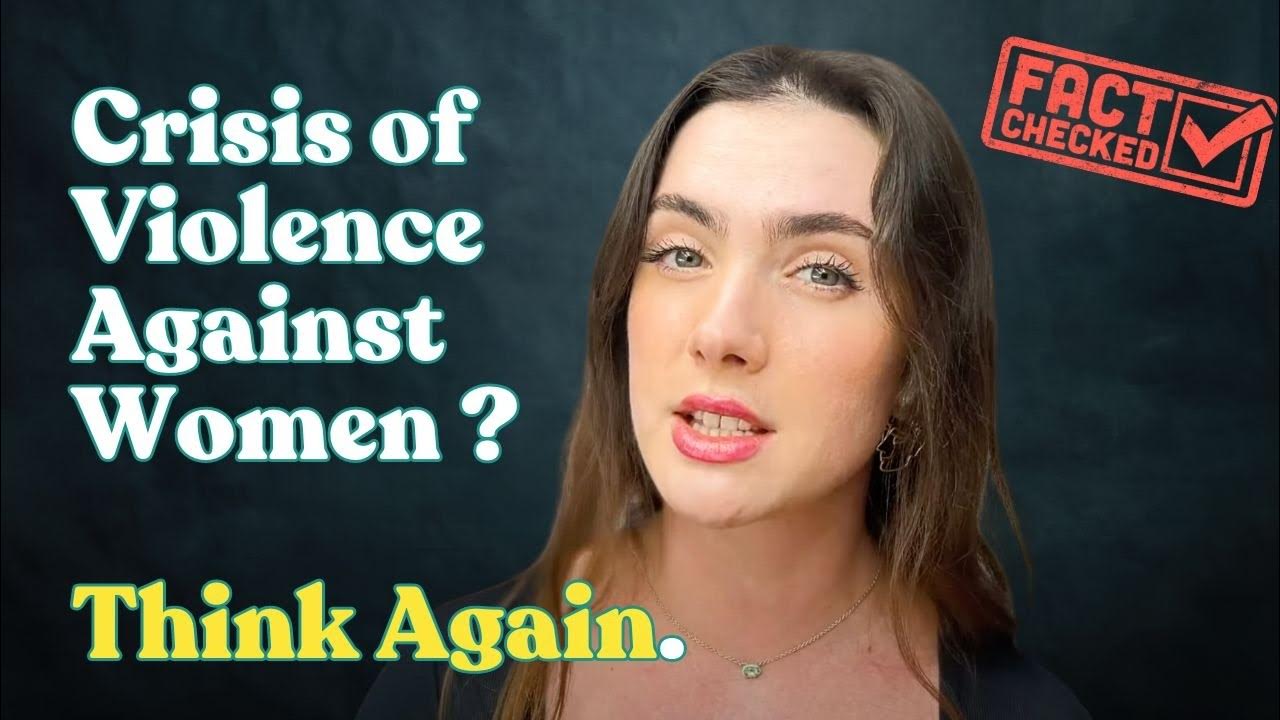COMO É A VIOLÊNCIA NO BRASIL? | MANUAL DO BRASIL
Summary
TLDRThis video explores the pervasive violence in Brazil, highlighting the high crime rates, including homicides and violent robberies. It examines the socio-economic inequalities, high unemployment, and inadequate education that fuel criminal activity. The script also compares Brazil's violence levels with other countries, showing its position among the most violent nations. The analysis delves into how organized crime, weak institutions, impunity, and distrust in the police contribute to the cycle of violence. The video aims to provoke reflection on the future of Brazil’s security and what needs to change to reduce violence.
Takeaways
- 😀 Violence is deeply ingrained in Brazilian society, with constant media reports of violent crimes like homicides, robberies, and organized violence.
- 😀 Anthropologist Albas Aluar defines violence as the imposition of one's will through physical force or threat, and Brazil's violence often breaks the rules of society.
- 😀 Brazil’s crime rates, especially homicides, are among the highest in the world. In 2019, Brazil had over 44,000 homicides, equating to over 20 murders per 100,000 people.
- 😀 While not all police officers are corrupt, violence and extrajudicial killings by law enforcement contribute to Brazil's violent environment.
- 😀 Inequality is a major driver of violence, as it leads to intense competition and pushes marginalized groups toward crime as a means of survival.
- 😀 High unemployment, especially among youth, exacerbates the problem, as lack of opportunity makes crime seem like a viable option.
- 😀 The poor quality of education in Brazil leaves many without the skills needed for stable employment, further increasing the likelihood of criminal behavior.
- 😀 Latin America’s rapid and unregulated urbanization has resulted in stark contrasts between wealthy and poor areas, creating ideal conditions for organized crime.
- 😀 Brazil's homicide rate places it among the top 20 most violent countries, close to the violence levels seen in countries like El Salvador.
- 😀 Brazil ranks highly in violent robberies, with many other Latin American countries also experiencing significant rates of violent crime due to similar social problems.
- 😀 Impunity and weak justice systems are major issues in Brazil. Only a small percentage of violent crimes result in convictions, undermining trust in law enforcement and encouraging vigilantism.
Q & A
What defines a violent society according to the script?
-A violent society is one where the use of physical force or the threat of it becomes a common way of imposing one's will on others. In this context, violence is defined not only by isolated acts of aggression but also by how these acts challenge or bypass established societal rules and norms.
How does the concept of violence differ in regulated versus unregulated settings?
-In regulated settings, such as boxing, violence is allowed within the confines of the rules and does not result in legal consequences. However, when rules are violated, such as in the famous Mike Tyson ear-biting incident, the act becomes widely regarded as excessive violence, resulting in legal and social consequences.
What role does crime play in Brazil's violent society?
-In Brazil, crime is not just a series of isolated acts but rather an organized system that follows its own set of rules. These criminal norms often compete with or outright contradict the norms established by law, which contributes to the widespread violence in the country.
How does the behavior of police contribute to Brazil's violence?
-Police in Brazil, particularly certain factions, engage in extrajudicial violence, including torture, threats, and killings, often without legal justification. While this behavior is not representative of all police officers, it plays a significant role in perpetuating a culture of violence and impunity.
What are the most common metrics used to measure violence in a country?
-The most common metric used to measure violence is the number of homicides per 100,000 inhabitants per year. This is a key indicator used by international organizations, such as the United Nations Office on Drugs and Crime, to assess and compare violence levels across different countries.
How does Brazil's homicide rate compare to other countries?
-In 2019, Brazil reported more than 44,000 homicides, placing it among the countries with the highest homicide rates in the world. With a rate of over 20 homicides per 100,000 people, Brazil is far from the more peaceful countries, such as Australia and Norway, which report less than 1 homicide per 100,000 people.
What other violent crime indicators show Brazil's high crime rates?
-Brazil ranks fourth in the world for violent robberies, as per the 2018 statistics from the United Nations Office on Drugs and Crime. This high incidence of violent robberies is a significant indicator of Brazil's overall crime problem.
Why is violence so prevalent in Latin America, particularly in Brazil?
-Violence in Latin America, including Brazil, is driven by several factors, including high levels of socio-economic inequality, unemployment, and poor educational systems. These conditions create an environment where crime becomes an attractive option for those without access to better opportunities.
How does the education system contribute to Brazil's violence?
-Brazil's education system is flawed, with an overemphasis on higher education and a lack of investment in basic education and vocational training. This disparity in education contributes to high unemployment rates, especially among youth, which in turn increases the likelihood of young people turning to crime.
How does urbanization affect crime in Brazil?
-The rapid urbanization of Brazilian cities has led to stark contrasts between wealthy, modernized areas and impoverished neighborhoods. These marginalized communities, often with little state presence or oversight, become breeding grounds for organized crime, further escalating violence in the country.
Outlines

Cette section est réservée aux utilisateurs payants. Améliorez votre compte pour accéder à cette section.
Améliorer maintenantMindmap

Cette section est réservée aux utilisateurs payants. Améliorez votre compte pour accéder à cette section.
Améliorer maintenantKeywords

Cette section est réservée aux utilisateurs payants. Améliorez votre compte pour accéder à cette section.
Améliorer maintenantHighlights

Cette section est réservée aux utilisateurs payants. Améliorez votre compte pour accéder à cette section.
Améliorer maintenantTranscripts

Cette section est réservée aux utilisateurs payants. Améliorez votre compte pour accéder à cette section.
Améliorer maintenant5.0 / 5 (0 votes)






